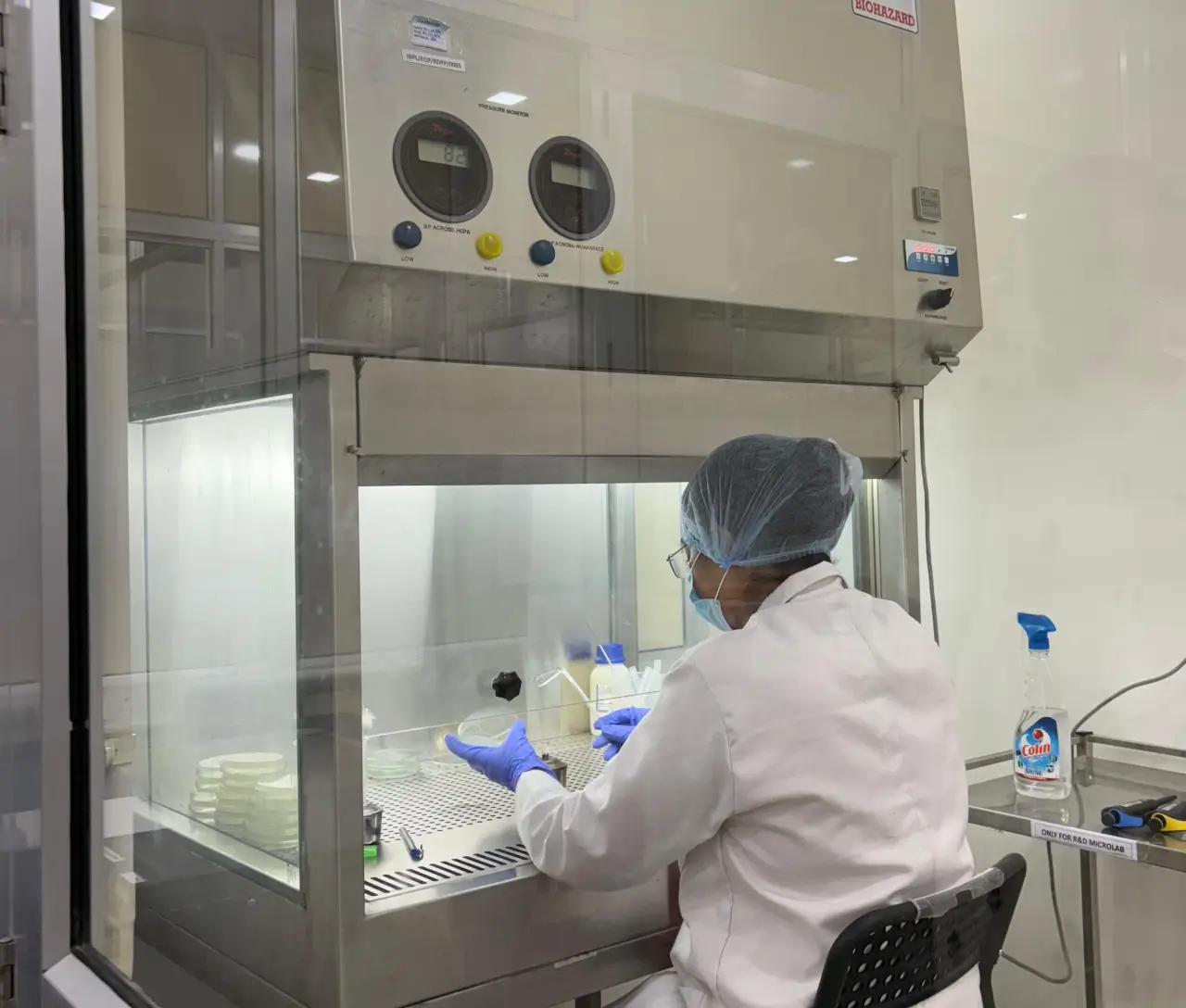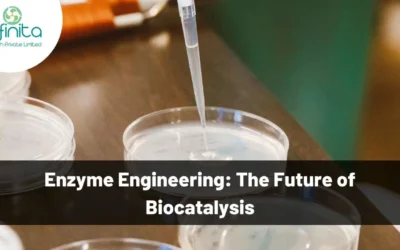Top 5 Industrial Uses Of Enzymes
Enzymes play an amazingly vital role in business and are essential to the assembly of a lot of industrial products. Enzymes are proteins that speed up reactions and improve yield by increasing accessible precursors for downstream reactions. Perhaps the foremost obvious use for enzymes in business is the production of cheese, bread, and alcohol. In these ancient applications the enzymes are a part of microorganism machinery like bacterium or yeast. Over time scientists are ready to isolate specific enzymes and to grasp their chemical change functions to a tolerable degree to include them with or while not their microorganism hosts into a wide variety of somewhat surprising situations. For example, enzymes are used in the production of textiles, detergents, biofuels, and pharmaceutical products. Large quantities of desired enzymes are required for these applications, and they need to be available in the purest form possible. The purity of enzymes in the industry is particularly important for pharmaceutical applications where the products, as well as the process, are susceptible to review and control by regulatory associations. Batches of enzymes in business endure regular method validation to make sure batch-to-batch consistency. There are many industrial uses of enzymes across different industries such as Detergent, Pharmaceuticals, Starch, etc.
Enzymes area unit generally isolated from microorganism, animal, or plant sources. Microbial sources are particularly useful because they can be quickly grown into large colonies and are easy to store in vats prior to isolation. The separation and purification of enzymes require multiple separation steps involving filtration, centrifugation, chromatography, and more frequently bio-magnetic separation. The ability to use bio-magnetic separation for large volumes is a relatively new development in the field. Modern bio-magnetic separation racks that provide homogeneous magnetic force throughout the working volume are a drastic improvement over traditional setups and have made it possible to scale up the technique for use with large production volumes. This in-batch consistency is also important for process validation to ensure that products are reliable and safe for consumption.
Some Examples Of Industrial Uses Of Enzymes:
- Rennin for coagulation of milk to make cheese.
- Invertase from yeast and lactase in the food industry.
- Cellulase and amylase to remove waxes, oils, and starch coatings on fabrics and to improve the look of the final product.
- Amylase and protease for baking.
- Lipases in fruit juices to break down cell walls for increased yield.
- Proteases, lipases, amylases, oxidases, peroxidases, and cellulases in detergents to help break down stains and chemical bonds.
- Carbohydrase to convert starch into corn syrup.
- Zymase to convert carbohydrates into ethanol in alcoholic beverages.
- Cellulases are used to convert cellulose into glucose to improve biofuel yield.
- Lipase and phospholipase are used in the production of biodiesel by converting free fatty acids to fatty acid methyl esters.
- Phytases to improve agricultural feed efficiency.
Applications Of Enzymes
The biocatalysts (enzymes and cells) are used in multifarious ways in a different field. They grouped the applications into four broad categories: (i) therapeutic uses, (ii) analytical uses, (iii) manipulative uses, and (iv) industrial uses of enzymes.
Therapeutic Uses Of Enzymes
Enzymes are used for this purpose where some inborn errors of metabolism occur due to missing of an enzyme where specific genes are introduced to encode specific missing enzymes. However, in most cases, certain diseases are treated by administering the appropriate enzyme. For example, virilisation of disease developed due to loss of hydroxylase enzyme from adrenal cortex and introduction of the hydroxyl group (-OH) on 21-carbon of the ring structure of steroid hormone. Steroids are compounds having a common skeleton in the form of perhydro-1, 2-cyclo-pentano-phenanthrene. The missing enzyme synthesises aldosterone (male hormone) in excess leading to masculinization of female baby and precocious sexual activity in males in about 5-7 years.
Similarly, treatment of leukaemia (a disease in which leukemic cells require exogenous asparagine for their growth) could be done by administering asparaginase of bacterial origin.
Analytical Uses Of Enzymes
Use of enzymes for analytical purposes is also important. Generally, endpoint and kinetic analysis are possible. Endpoint analysis refers to the total conversion of substrates into products in the presence of enzymes in a few minutes while kinetic analysis involves the rate of reaction and substrate/product concentration. Moreover, the analysis of antibodies, immuneglobins, necessary for human use poses a great promise. The usable enzymes are alkaline phosphatase, b-galactosidase, b-lactamase, etc. Another use of enzyme is in biosensor, device of biologically active material displaying characteristic specificity with chemical or electronic sensor to convert a biological compound into an electronic signal. It is constructed to measure almost anything from blood glucose. A simple carbon electrode, an ion-sensitive electrode, oxygen electrode or a photocell, maybe a sensor.
Manipulative Uses Of Enzymes
A variety of enzymes isolated from different sources are nowadays applied in genetic engineering as one of the biological tools.
Effective Industrial Uses Of Enzymes
Enzymes are used in industries in different ways.
In Dairy industry
For a long time, the dairy enzyme calf rennet has been used in the dairy industry. In recent years, calf rennets are replaced by microbial rennets (e.g. Mucor michei). They are acid aspartate proteases. They slightly differ from calf rennets as they depend for reaction with casein on Ca++, temperature, pH, etc.
Lactase (produced by Bacillus stearothermophilus) is used for hydrolysis of lactose in whey or milk, and lipase for flavour development in special cheeses.
In Detergent Industry
During normal washing proteinaceous dirt often precipitates on solid cloths and proteins facilitate to adhere the dirt on textile fibres and make stains on cloths. These stains are difficult to remove from clothes. Nevertheless, it can be easily removed by adding proteolytic enzymes to the detergent. It attacks peptide bonds and therefore, dissolves protein. The alkaline serine protease obtained from B. licheniformis is most widely preferred to use in detergent. In addition, the serine protease of B. amyloliquefaciens is also used for this purpose. It contains a-amylase, hence to some extent it may be advantageous.
In Starch Industry
It has been mentioned earlier that hydrolysis of starch began in the early 1960s to prepare dextrose and glucose syrups. Furthermore, for complete acid hydrolysis of starch to dextrose glucoamylase was coupled with bacterial a-amylase. Currently, various enzymatic processes are applied to various products.
Glucose isomerase is an important enzyme used commercially in the conversion of glucose to fructose via isomerisation. Fructose is used in the preparation of fructose syrup.
The reaction mixture at the end contains 42% fructose, 52% glucose, and 6% dextrins. The mixture is sweeter than glucose and as sweet as sucrose. Now, techniques have been developed to obtain 55% fructose concentration in syrup.
In Brewing Industry
Enzymes used in the brewing industry are a-amylase, b-glucanase and protease which are required for malt in substitution of barley. Source of these enzymes is B. amyloliquefaciens. a-amylase is not required for liquefaction or brewing adjuncts and b-glucanase alleviates filtration problems due to poor malt quality and neutral protease helps in the inhibition of alkaline protease by an inhibitor.
In Wine Industry
Pectic enzymes are utilised in the wine business for top yield of product of improved quality. The pectic enzymes are pectin transeliminase (PTE), polymethyl galacturonase (PMG), polygalacturonases (PG), pectin esterase (PE), etc. However, cellulose enzymes provide a smart result once combined with different enzymes e.g. protease glucoamylase, etc.







